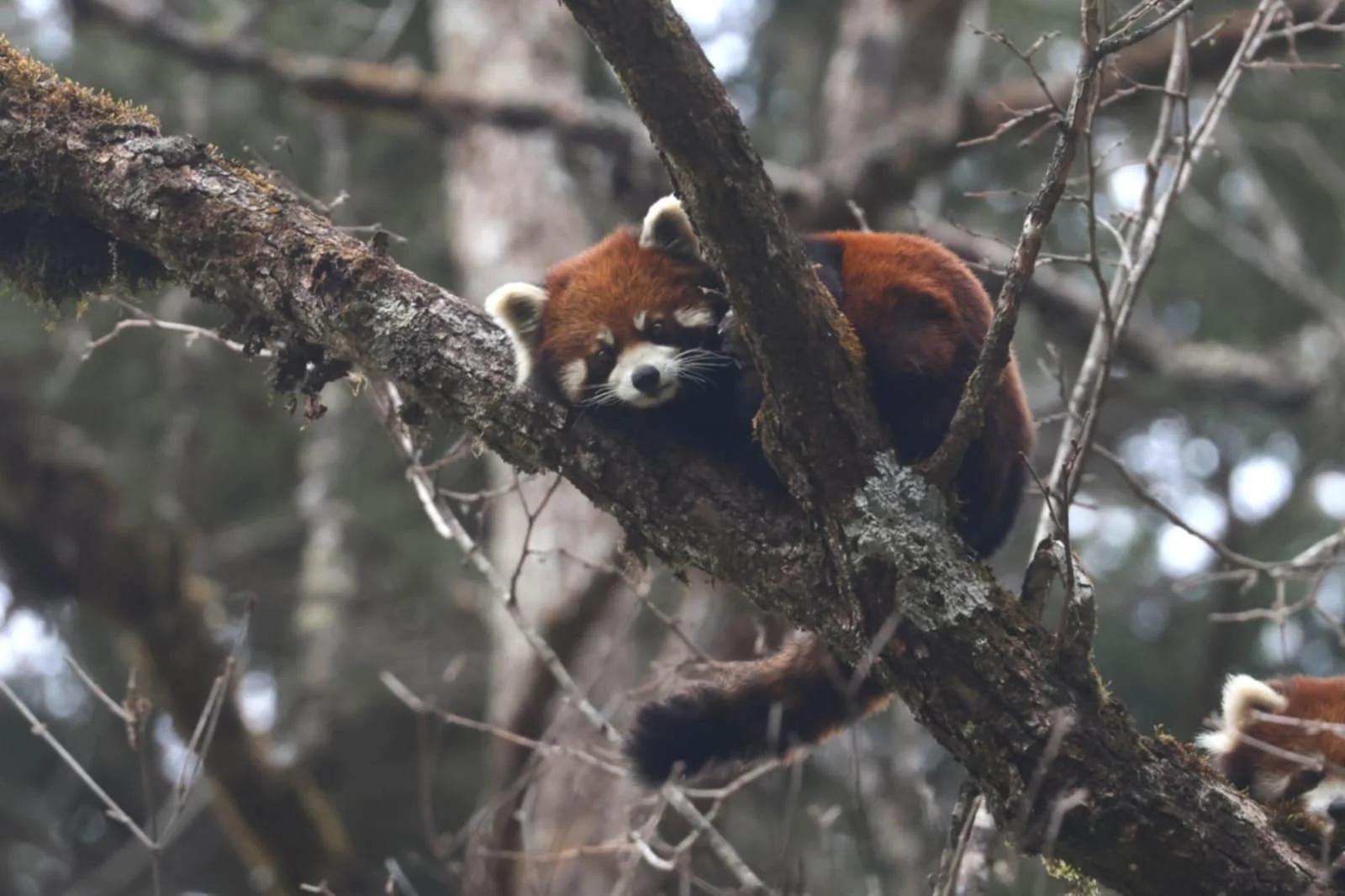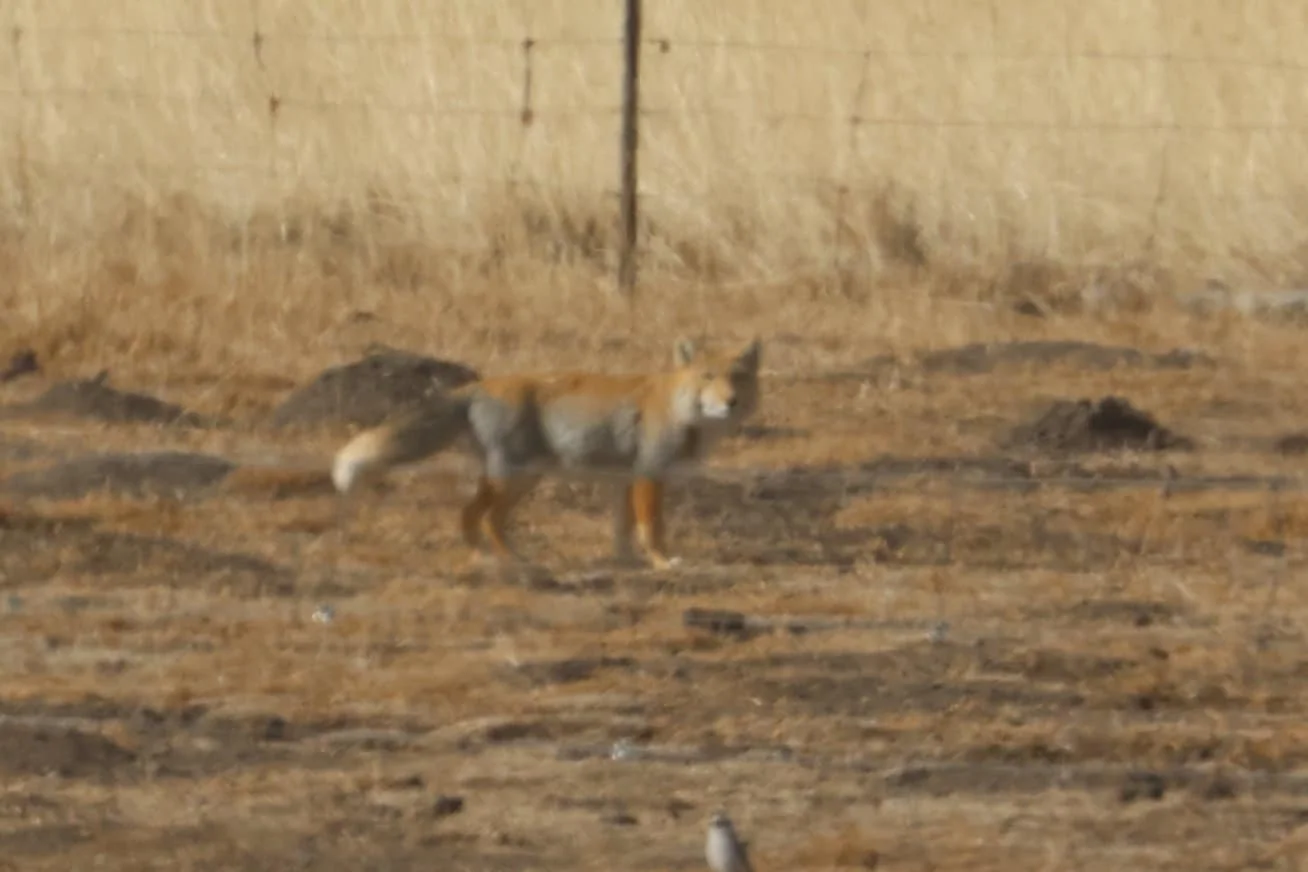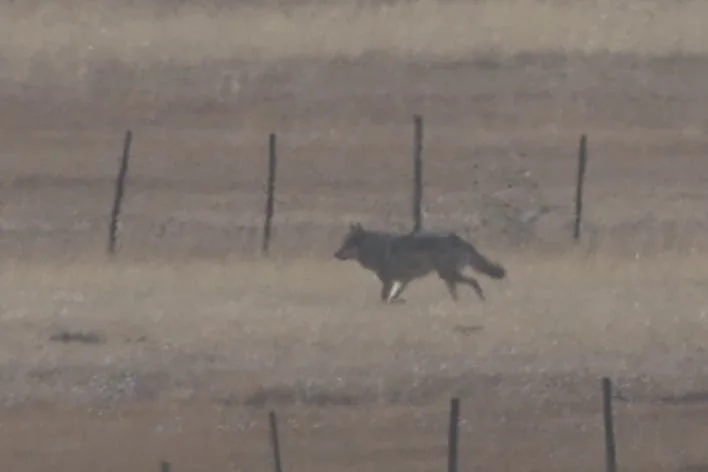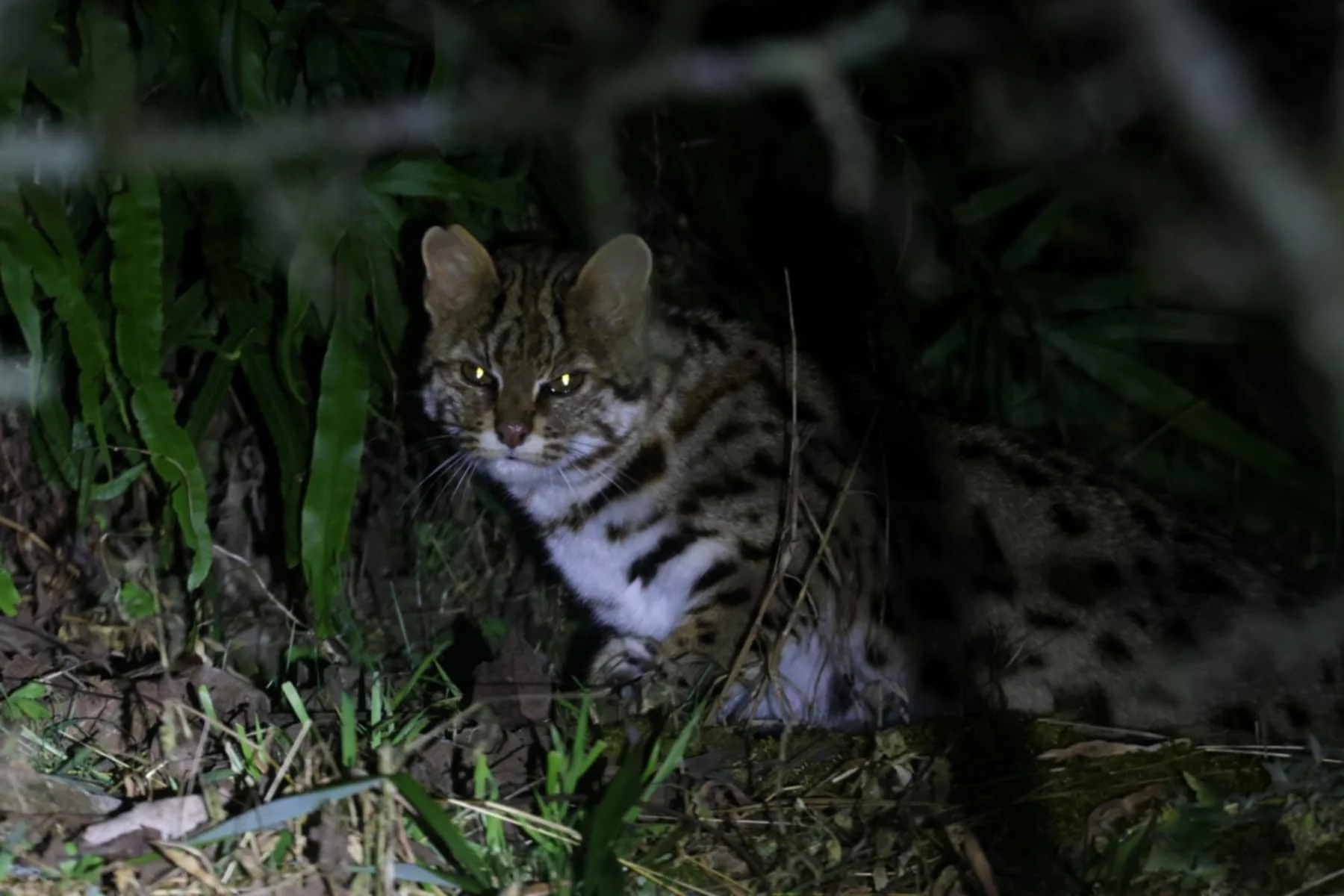Expedition to Sichuan 2024
Beautiful Labahe Nature Reserve as seen from Mount Erlang
When Jon Hall contacted me last year with an offer to join him and some fellow travellers to revisit some of the locations I’d visited in Sichuan when I was living in China, I was a bit hesitant, considering how well I’d already done in that part of the country (see my trip report to my previous trip to Sichuan). But when he mentioned a couple new locations I’d never visited – Roergai and Labahe – and the possibility of seeing a Chinese Red Panda, I was all in!
Our main target for the expedition - Chinese Red Panda
The only province visited during this expedition was Sichuan, arguably one of the most spectacular and biodiverse states in all of China, and that is saying a lot. The trip was from December 22 through 29, 2024. This was to be a short visit with a specific and limited target list - about seven days to be spent searching for some of the species common in the area but some of the harder ones as well. At least three of those days were travel days, but we got out for some good night spotlighting daily too.
I had spent quite a bit of time in Sichuan back when I lived here visiting such places as Wawu-shan, Chengdu, Tangjiahe, Emei-shan and other locations and loved the province dearly. Revisiting it was surreal – the amount of development that had occurred in the 11 years since I left was astounding – elevated highways everywhere; tunnels numbering more than even Norway; outstanding roads and toll ways everywhere! And the traffic cameras…Big Bro everywhere – even in the middle of the remote countryside. I was blown away. Oh and one cannot forget the amazing rest centers, veritable malls filled with shopping and coffee!
I arrived in Chengdu the day before the beginning of the expedition after a red-eye from Bangkok. I knew it was going to be an intense trip, so I tried to sleep up before we started. Good idea but it didn’t take long before I was in sleep deficit mode.
The morning of the 23rd of December our group assembled, and we left the greater Chengdu metropolitan area and headed up to about 3500 meters to Sichuan’s section of the Tibetan Plateau to the north. Passing through the stunning mountains with so much nature and history was great – many flashbacks to my time in China before. It was an 8-hour drive to Roergai County, the region of Sichuan that boasts spectacular mountains and gorges as well as vast grasslands and Tibetan culture, all at a minimum of 3500 meters in elevation.
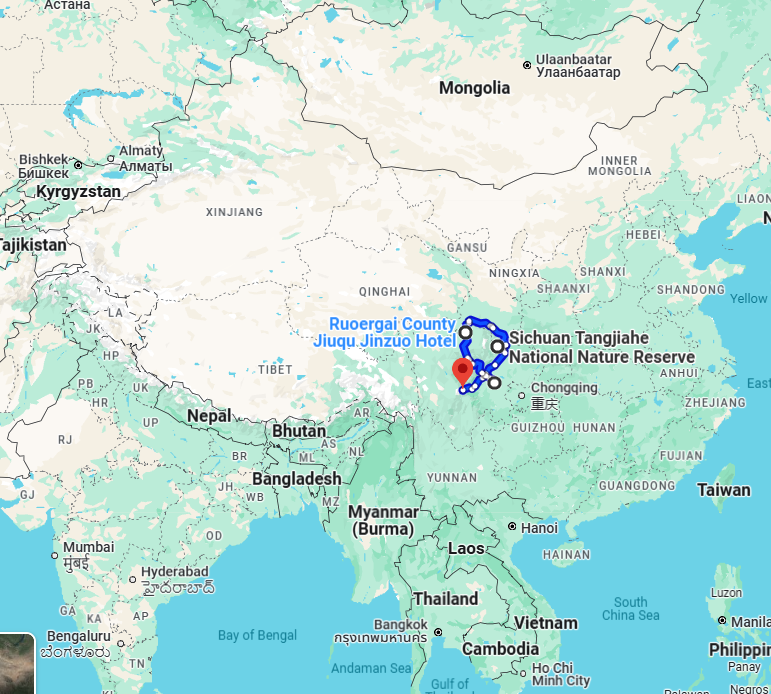
Map of China with route of Sichuan Expedition 2024
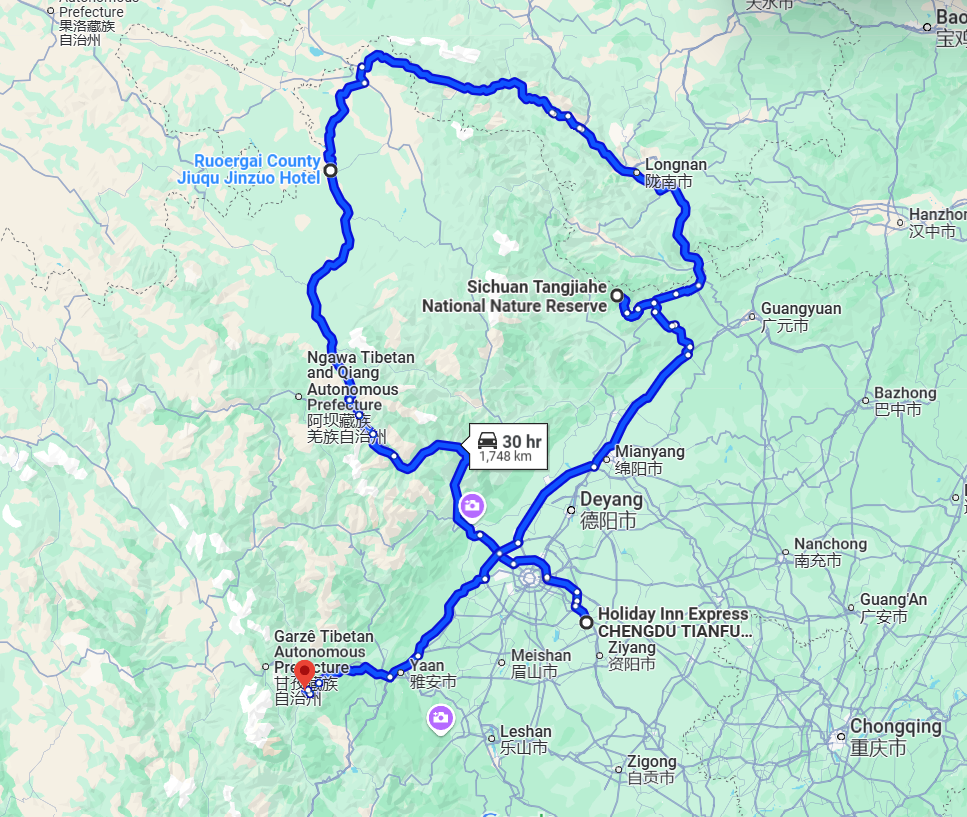
Detailed map of route
Roergai County
Spectacular Jilongke Gorge in Roergai Country on the Tibetan Plateau
Our goals in Roergai were Mountain Cat, Asian Badger as well as the regulars that are easier to see there – Plateau Pike, Red Fox, Tibetan Fox, Tibetan Gazelle, Woolly Hare, Siberian Roe Deer and Alpine Musk Deer. After two days searching the plateau, we dipped on the main targets sadly but had ample views of the others. Considering my flight to Chengdu was only three hours (and $80 round trip!), I can see myself coming back her again in the near future to try again. It was interesting to see how similar and yet so different Roergai County is compared to the Qinghai portion of the Tibetan Plateau. Although the culture is similar, Roergai seemed much more touristy and developed. But then again, I haven’t been to Qinghai in over 11 years.
A lone Tibetan Gazelle bidding the day farewell
We started our expedition with a good session of spotlighting. While it was a non-stop action-packed evening, after our 40th (not an exaggeration) Tibetan Red Fox, we were pretty fatigued…The wind and ungodly low temps (minimum of minus 15 Celsius!!!) made it a fairly challenging endeavor, but we persisted. We also spotted half a dozen Tibetan Fox, but none gave us a photo-opp at all. I was thinking we’d surely get some daytime views of the human-faced Tibetan Fox the next day, as I had so many such views in Qinghai some 12 years back, but none were to be had! (Link to my older pics of Tibetan Fox) In fact, all of the diurnal animals that I’d seen so well and so easily in Qinghai years earlier in the daytime were completely nocturnal here! Perhaps a behavioural shift due to human interference?
Along with the countless Red Fox sightings, we saw many Woolly Hare and many “mystery” eye-shines too far to distinguish.
Our first full day in the field was spent cruising the roads in the Roergai region searching for life. We visited spectacular Jilongke Gorge that took us down from the Tibetan Plateau grasslands to the conifer forests in search for Alpine Musk Deer, my main target for the region. No luck but the scenery itself was amazing. Loads of birdlife and even a dead domestic Yak in the gorge attracting countless Himalayan Vulture and Magpies.
The high grasslands of the plateau gave us magnificent views of countless Plateau Pika and Tibetan Gazelles and some nice plateau avian fauna. The Pika fields were mixed in many cases with Chinese Zokor mounds that were huge in number which tempted us to try for some at night, but time was limited. Our daylight scanning gave us distant views of at least one Tibetan Wolf who seemed to be harassing a small herd of sheep. Nice
Although I was not necessarily expecting to see them, we did see a small herd of Bharal or Blue Sheep across the gorge as well. Nighttime gave us views of Siberian Roe Deer, a photographic lifer for me after being denied a picture of one at Victor Luden’s wildlife reserve in Ussuriland, Russia (see this report here).
The galleries below show some images of the mammals and birds of Roergai County:
Chinese Blue Sheep (Pseudois nayaur szechuanensis) Ruoergai County, Tibetan Plateau, Sichuan China
Chinese Blue Sheep (Pseudois nayaur szechuanensis) Ruoergai County, Tibetan Plateau, Sichuan China
Tibetan Gazelle or Goa (Procapra picticaudata)
Tibetan Gazelle or Goa (Procapra picticaudata) pronging his way over the plateau
Tibetan Gazelle or Goa (Procapra picticaudata) were more timid that those I'd seen in Qinghai and Xinjiang
Tibetan Gazelle or Goa (Procapra picticaudata)
Tibetan Wolf (Canis Lupus chanco) - a distant but still spectacular view of the top carnivore of the plateau.
Tibetan Red Fox (Vulpes vulpes) - I've never seen so many Red Foxes before anywhere. I would estimate we spotted well over 30 (maybe as many as 40) during our two nights of spotlighting the plateau.
Siberian Roe Deer or Asian Roe Deer (Capreolus pygargus) - great to finally being able to photograph these small cervids!
Siberian Roe Deer or Asian Roe Deer (Capreolus pygargus)
Plateau Pika (Ochotona curzoniae) Ruoergai County, Tibetan Plateau, Sichuan China
A pair of Plateau Pika (Ochotona curzoniae) in Ruoergai County
Woolly Hare (Lepus oiostolus) were very common on the plateau as well
The most common bovid on the Plateau was definitely the Domestic Yak (Bos grunniens)
The second most common bovid on the Plateau was the Domestic Sheep (Ovis aries)

Chinese Zokor (Eospalax fontanierii) mounds only in Ruoergai County numbered in the thousands
West Chinese Rhesus Macaque (Macaca mulatta lasiota) seen from the road to Ruoergai County
Bearded Vulture or Lammergeier(Gypaetus barbatus) Ruoergai County, Tibetan Plateau, Sichuan China
Black-necked Crane (Grus nigricollis) Ruoergai County, Tibetan Plateau, Sichuan China. This one had a broken wing sadly.
Blue-eared Pheasant (Crossoptilon auritum) Ruoergai County, Tibetan Plateau, Sichuan China
Himalayan Griffon or Vulture (Gyps himalayensis) Ruoergai County, Tibetan Plateau
Himalayan Griffon or Vulture (Gyps himalayensis) Ruoergai County, Tibetan Plateau
Oriental Magpie (Pica serica) with dead Yak in Ruoergai County, Tibetan Plateau, Sichuan China
Common Kestrel (Falco tinnunculus)
Merlin (Falco columbarius) Ruoergai County, Tibetan Plateau, Sichuan China
Steppe Eagle (Aquila nipalensis) Ruoergai County, Tibetan Plateau, Sichuan China
White-rumped Snowfinch (Onychostruthus taczanowskii) Ruoergai County, Tibetan Plateau, Sichuan China
Tangjiahe Nature Reserve
Tangjiahe National Nature Reserve, Sichuan China
Sichuan Takin or Tibetan Takin (Budorcas taxicolor tibetana) are very common in Tangjiahe National Nature Reserve
Our next destination, 8-hours away, was Tangjiahe, one of Sichuan’s spectacular nature reserves. I’d spent three days in this reserve back in 2012 with great luck. This trip was even luckier! We had some outstanding views of so much of the fauna of the reserve, much of which was at night as well. Again, it was strange as most if not all of the species I saw at night in 2024 were very diurnal in 2012. Our route to Tangjiahe from Roergai could not be overstated with how spectacular it was. Amazing views in all directions. We did catch a Tufted Deer (thanks Bob!) and a dead Siberian Weasel and some great Blue-eyed Pheasant sightings along the way.
We arrived Tangjiahe at night. Our two nights on the roads of Tangjiahe gave us good views of so many species including at least two Mainland Leopard Cats, so many Sichuan Takin, Tufted Deer, countless Chinese Goral… Believe it or not, Mainland Leopard Cat has been a bogie critter for me for so many years! I’ve failed to see it in decades of night spotting in Southeast Asia. Tangjiahe gave us at least two individuals with more to be had at our next destination.
Mainland Leopard Cat (Prionailurus bengalensis) - great to finally get a decent shot of this little leopard! One of five seen in Tangjiahe
Daylight hours in Tangjiahe was outstanding as well. A few Sichuan Takin were still milling about in the early mornings and Tibetan Macaques were assembling in good numbers to greet the crowds of tourists. I was particularly happy to see so many of the macaques considering ten years earlier it took me three days to see one lone male. Pere David’s Rock Squirrels were seen from time to time too. (Link to images of Pere David’s Rock Squirrels) The highpoint of the daytime sightings was a sprinting Yellow-throated Marten that rock-hopped across the river directly in front of our entourage! What a great sighting of this awesome carnivore.
Our base camp was the ultra luxurious Tangjiahe Hotel, situated inside the park. Heated toilets, electric blankets and marble everything – wow! Only the service was a bit off-putting… A random power outage the first night made it a bit freezing. With some pretty vociferous complaining we finally had the staff actually do something about it. It was clear initially they could not give a rip and were going to make us suffer the rest of our stay in frozen rooms…Ah, this was the China I remembered. Once the power was on in new rooms, all was good and cozy again! The ten-stars reappeared…
The galleries below show some images of the mammals and birds of Tangjiahe Nature Reserve:
So good to see my old friends, Sichuan Takin or Tibetan Takin (Budorcas taxicolor tibetana) in Tangjiahe
Sichuan Takin or Tibetan Takin (Budorcas taxicolor tibetana)Tangjiahe National Nature Reserve, Sichuan China
Sichuan Takin or Tibetan Takin
Sichuan Takin or Tibetan Takin (Budorcas taxicolor tibetana) seen while spotlighting
Reeves's Muntjac (Muntiacus reevesi) Tangjiahe National Nature Reserve, Sichuan China
Reeves's Muntjac (Muntiacus reevesi)
Tufted Deer (Elaphodus cephalophus) hiding behind a leafless bush on the road to Tangjiahe
Tufted Deer (Elaphodus cephalophus)
A prowling Mainland Leopard Cat (Prionailurus bengalensis)
Mainland Leopard Cat (Prionailurus bengalensis) Tangjiahe National Nature Reserve, Sichuan China
Tibetan Macaque (Macaca thibetana) Tangjiahe National Nature Reserve
Tibetan Macaques cuddling to keep warm
The alpha
Northern Chinese Wild Boar (Sus scrofa moupinensis) Tangjiahe National Nature Reserve
A sequence of pics of a Yellow-throated Marten (Martes flavigula) in Tangjiahe National Nature Reserve, Sichuan China
Tawny Fish-Owl (Ketupa flavipes) Tangjiahe National Nature Reserve, Sichuan China
Eastern Buzzard or Japanese Buzzard (Buteo japonicus)
White-backed Woodpecker (Dendrocopos leucotos)
Blue-fronted Redstart (Phoenicurus frontalis)
Plumbeous Water Redstart (Phoenicurus fuliginosus)
Speckled Piculet (Picumnus innominatus)
David's fulvetta (Alcippe davidi)
White-capped Redstart (Phoenicurus leucocephalus) Tangjiahe National Nature Reserve, Sichuan China
White-capped Redstart (Phoenicurus leucocephalus)
Red-billed Leiothrix (Leiothrix lutea)
Collared Scops-Owl (Otus lettia)
Brown-breasted Bulbul (Pycnonotus xanthorrhous)
Labahe Nature Reserve
Spectacular view of Labahe Nature Reserve, Sichuan China
Ecstatic to see my first full Chinese Red panda (Ailurus fulgens styani) in Labahe Nature Reserve, Sichuan
Labahe is a new location for me in Sichuan. I knew it was a pretty special place after seeing so many impressive trip reports come out on the place over the years. Our main target for this location was the elusive Chinese Red Panda, which we had successfully near the end of our first and only full day in the park in the mid elevations of Erlang Mountain, where they spend their lives munching on the wild Actinidia berries that still exist frozen this deep into the winter months. This is one of the best places in China for this species although by no means is it guaranteed.
The search for the Red Panda begins with an early public bus ride up to the mid-high elevations of Mount Erlang, where most visitors go to sled and play in the snow. It is possible to venture all the way to the summit via gondola, but our mission was to slowly trek downslope to the prime area of the Red Panda. An easy enough concept but in the dead of winter, after a couple of days of wet, freezing rain, we had a hell of a time sliding our way down the treacherous, black-iced road, nearly spilling several times. Luckily though the salting of the roads and the increasing temps allowed for most of the stroll to be ice free and quite easy. Right where Sid said was the prime Red Panda area, Jon Hall caught a heat signature hidden behind a defoliated tree. Sure enough, it was a Red Panda! (speaking of leaf-less trees – my recommendation is to concentrate your attempts for the Red Pandas in months when the trees have lost their leaves – it was hard enough seeing them through leaf-less trees, I can only imagine how difficult it would be with full foliage.)
We watched this magnificent animal for some time, hoping for a better view as it was obscured behind a web of twigs and branches. After a few minutes, it decided to work its way down the tree allowing us some very quick but decent views. What a treat! After all my times in prime Red Panda habitat, and even having seen the rear end of one dashing from the garbage can in Wawu-shan, I finally had my good view and mediocre pics of one of my top five target species, and one of the most charismatic species of mammals on the planet. Mission accomplished!
Chinese (Small-toothed) Ferret-badger (Melogale moschata) was our second major target in Labahe
Our two nights on the roads of Labahe gave us good views of so many species including more Mainland Leopard Cats, 3 Forest Musk Deer (a lifer for me!), Tufted Deer, many more Chinese Goral and a couple of Chinese Serow (supposedly lumped to Indochinese Serow now?) A good view of Malayan Porcupine and Masked Palm Civet made the night extra special. Two species of bats (Japanese Horseshow and a Rufous Tubenose Murine bat) were seen – both in torpor. It was also nice to see several Red & White Giant Flying Squirrels although they were all fairly distant. (Use this link for images of this species from previous trips)
The main nocturnal goal for us here at Labahe was the normally elusive Chinese Hog Badger and Chinese Ferret Badger. On our first night’s session of spotlighting we spotted many Ferret Badgers, one of which allowed decent photos. Our 10-star hotel had them running around its grounds in good numbers too, I personally spotted three on the first night and Jon had more the second night as well. We did spot what I still think was a good Hog Badger on night one as well. It was at least twice as big as the Hog Badgers and a very pronounced raised rear end…. We will never know for sure. I mark it as a “possible”….
The galleries below show some images of the mammals and birds of Labahe Nature Reserve & Mount Erlang:
Chinese (Small-toothed) Ferret-badger (Melogale moschata)
Chinese Serow (Capricornis milneedwardsi milneedwardsii) Tangjiahe National Nature Reserve, Sichuan China. Currently lumped with Indochinese (Capricornis sumatrensis)
Japanese Greater Horseshoe Bat (Rhinolophus nippon)
Greater Tube-nosed Bat (Murina leucogaster )
Chinese Goral (Naemorhedus griseus) were also common at Labahe Nature Reserve
Chinese Goral (Naemorhedus griseus)
Introduced Central Asian Red Deer (Cervus hanglu) now common in Labahe Nature Reserve
Dejean's Sambar (Rusa unicolor dejeani) were also common in Labahe Nature Reserve
So happy to see Forest Musk Deer (Moschus berezovskii) in Labahe Nature Reserve
Forest Musk Deer (Moschus berezovskii)
Masked Palm Civet (Paguma larvata)
Sichuan Ray-finned Fish (Schizothorax davidi)
The ubiquitous "Tibetan Macaque (Macaca thibetana) also common in Labahe Nature Reserve
Tibetan Macaque (Macaca thibetana)

Actinidia strigosa Berries - Red Panda favorite - Labahe Nature Reserve
Chinese Red panda (Ailurus fulgens styani) Labahe Nature Reserve, Sichuan China
Chinese Red panda (Ailurus fulgens styani)
Malayan Porcupine or Himalayan Porcupine (Hystrix brachyura) was a bit of a surprise in Labahe Nature Reserve,
Swinhoe’s Striped Squirrel (Tamiops swinhoei) - a lifer for me in Labahe
Swinhoe’s Striped Squirrel (Tamiops swinhoei)
Central Asian Red Deer (Cervus hanglu) were introduced to Labahe Nature Reserve
Central Asian Red Deer (Cervus hanglu)
Long-tailed Thrush (Zoothera dixoni)
Gray-headed Woodpecker or Black-naped (Picus canus) - Guerini Group
Collared Finchbill (Spizixos semitorques)
Collared Finchbill (Spizixos semitorques)
Yellow-throated Bunting (Emberiza elegans)
Darjeeling Woodpecker (Dendrocopos darjellensis)
Lady Amherst's Pheasant (Chrysolophus amherstiae)
Darjeeling Woodpecker (Dendrocopos darjellensis) Labahe Nature Reserve
Lady Amherst's Pheasant (Chrysolophus amherstiae)
Lady Amherst's Pheasant (Chrysolophus amherstiae)
Lady Amherst's Pheasant (Chrysolophus amherstiae)
Power Mammal Team! Amazing experience spending such quality time with some of the best wildlife watchers anywhere! Our team consisted of Jon Hall, Charley Hesse, Keith Barnes, Curtis Hart, Lindsay Hart, and Bob. Our leader was Sid Francis and ZiZi, Sid's brother-in-law.
Expedition “Sichuan 2024” was an unmitigated success! Our team could not be beat – so many truly experienced and expert wildlife spotters (not to mention professional spotters) who were such great company – we had a blast! Sid was perhaps one of the funniest hosts I have ever travelled with! Oh so irreverent and full of amazing and funny-as-hell stories! I would love to travel with these people again anytime. Our targets were mainly met, with only a couple of exceptions, but there are always those “reasons-to-comeback” species that keep us enthusiastic about carrying on. The bitter cold of the regions visited was countered by the warm good-natured group of friends I had the pleasure of hanging with while in one of my favourite places on earth – China.
Mammal Species List
Siberian Roe Deer (Capreolus pygargus)
Tibetan Fox (Vulpes ferrilata)
Tibetan Red Fox (Vulpes vulpes)
Sichuan Takin (Budorcas taxicolor tibetana)
Reeve's Muntjac (Muntiacus reevesi)
Chinese Serow (Capricornis milneedwardsii milneedwardsii)
Chinese Goral Chinese Goral (Naemorhedus griseus)
Tufted Deer (Elaphodus cephalophus)
West Chinese Rhesus Macaque (Macaca mulatta lasiota)
Wild Boar (Sus scrofa moupinensis)
Woolly Hare (Lepus oiostolus)
Tibetan Gazelle (Procapra picticaudata)
Plateau Pika (Ochotona curzoniae)
Tibetan Wolf (Canis Lupus chanco)
Blue Sheep (Pseudois nayaur szechuanensis)
Mainland Leopard Cat (Prionailurus bengalensis)
Yellow-throated Marten (Martes flavigula)
Tibetan Macaque (Macaca thibetana)
Chinese Red Panda (Ailurus fulgens styani)
Chinese (Small-toothed) Ferret-badger (Melogale moschata)
Swinhow's Striped Squirrel (Tamiops swinhoei)
Pere David’s Rock Squirrel (Sciurotamias davidianus)
Central Asian Red Deer (Cervus hanglu)
DeJean's Sambar (Rusa unicolor dejeani)
Forest Musk Deer (Moschus berezovskii)
Malayan Porcupine (Hystrix brachyura)
Red & White Giant Flying Squirrel (Petaurista alborufus)
Hog Badger (Arctonyx collaris) - probable but not confirmed
Japanese Horseshoe Bat (Rhinolophus nippon)
Tubenose Bat (Murina leucogaster)
Bird List (122 species)

Power Mammal Team! Amazing experience spending such quality time with some of the best wildlife watchers anywhere! Our team consisted of Jon Hall, Charley Hesse, Keith Barnes, Curtis Hart, Lindsay Hart, and Bob. Our leader was Sid Francis and ZiZi, Sid's brother-in-law.


My buddy Steven Shi coming in for a visit!


Definitely not enough plastic pandas in China nowadays!

Spectacular view of Labahe Nature Reserve from Mt. Erlang


Snowy forest on Mt Erlang in Labahe Nature Reserve. Labahe Nature Reserve enjoys diverse and abundant natural resources including some rare and precious plants such as Davidia involucrata (Chinese Dove Tree), Taxus chinensis (Chinese Yew), Cercidiphyllum japonicum (Katsura Tree) and so much more




Frozen mossy trees in Labahe
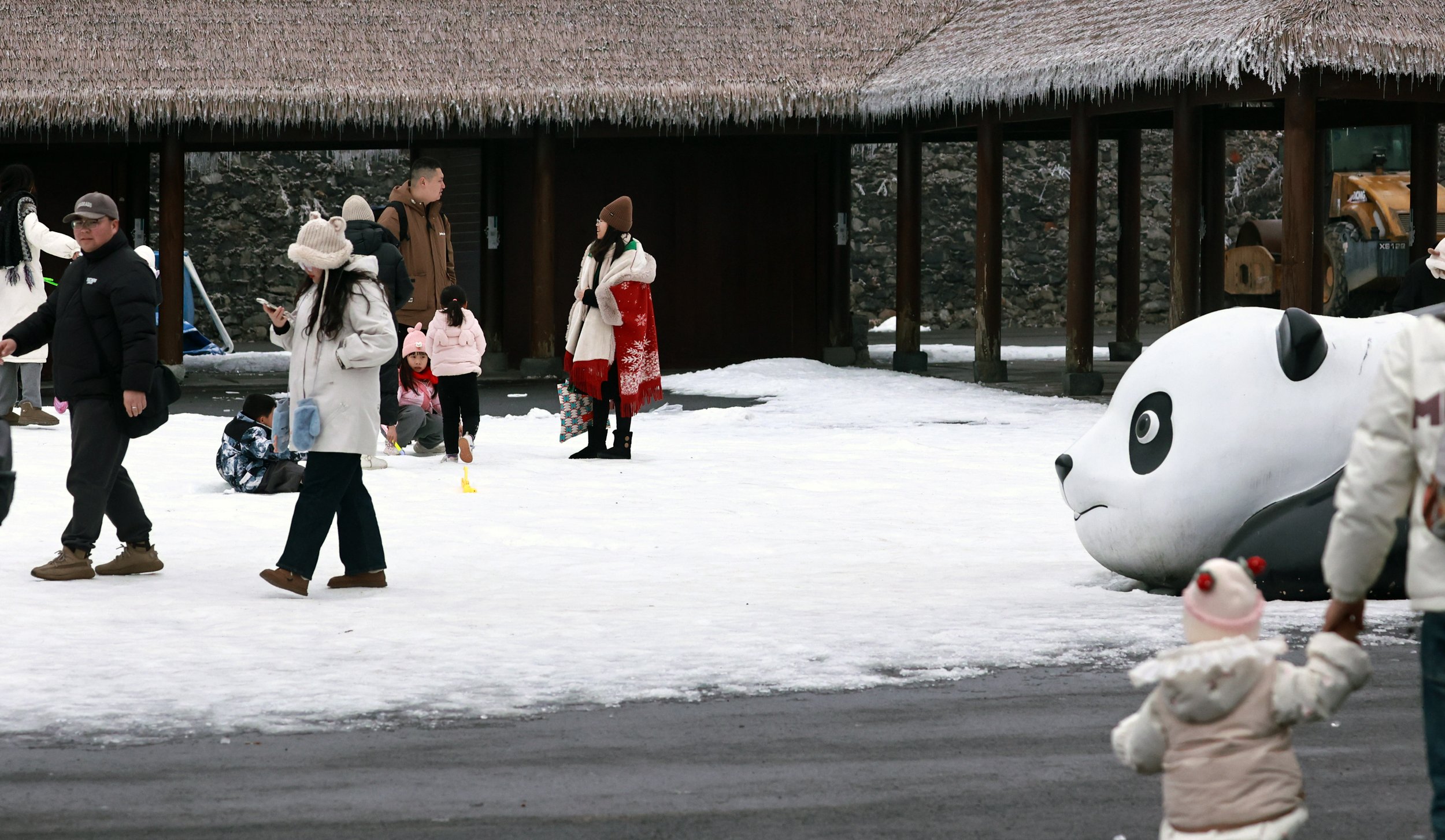
This little patch of snow drew tourists in from miles around

Labahe NR

Old wooden stairway to a cave in Labahe

Chusan Palm (Trachycarpus fortunei) a native palm in Labahe NR

Labahe NR - note the Tibetan Macaque strolling by like he owned the place

This lichen species is a favorite for the Golden Snub-nosed Monkeys.


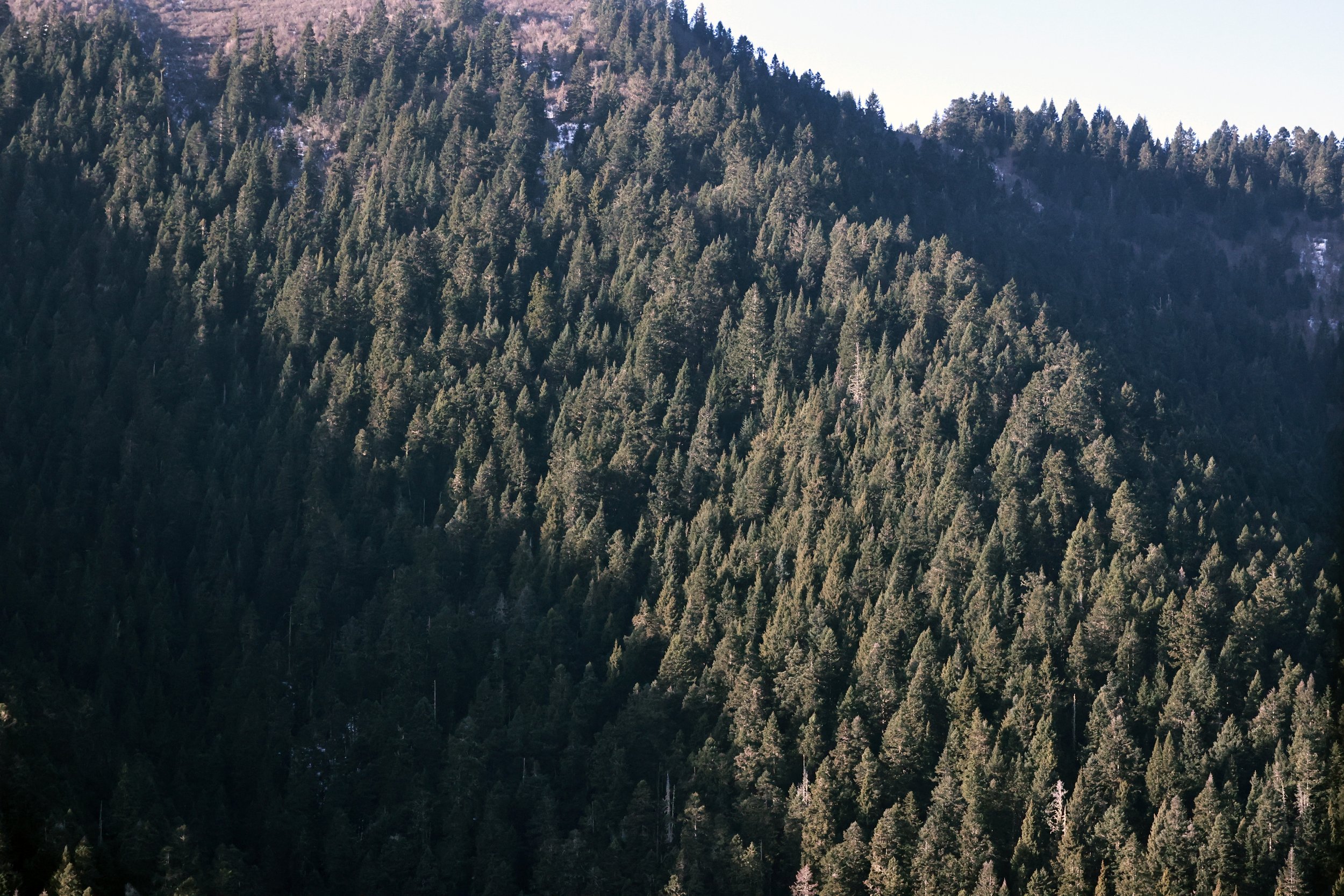
Amazing mixed conifer forests still exist in great area in the mountains between Roergai County and Tangjiahe.
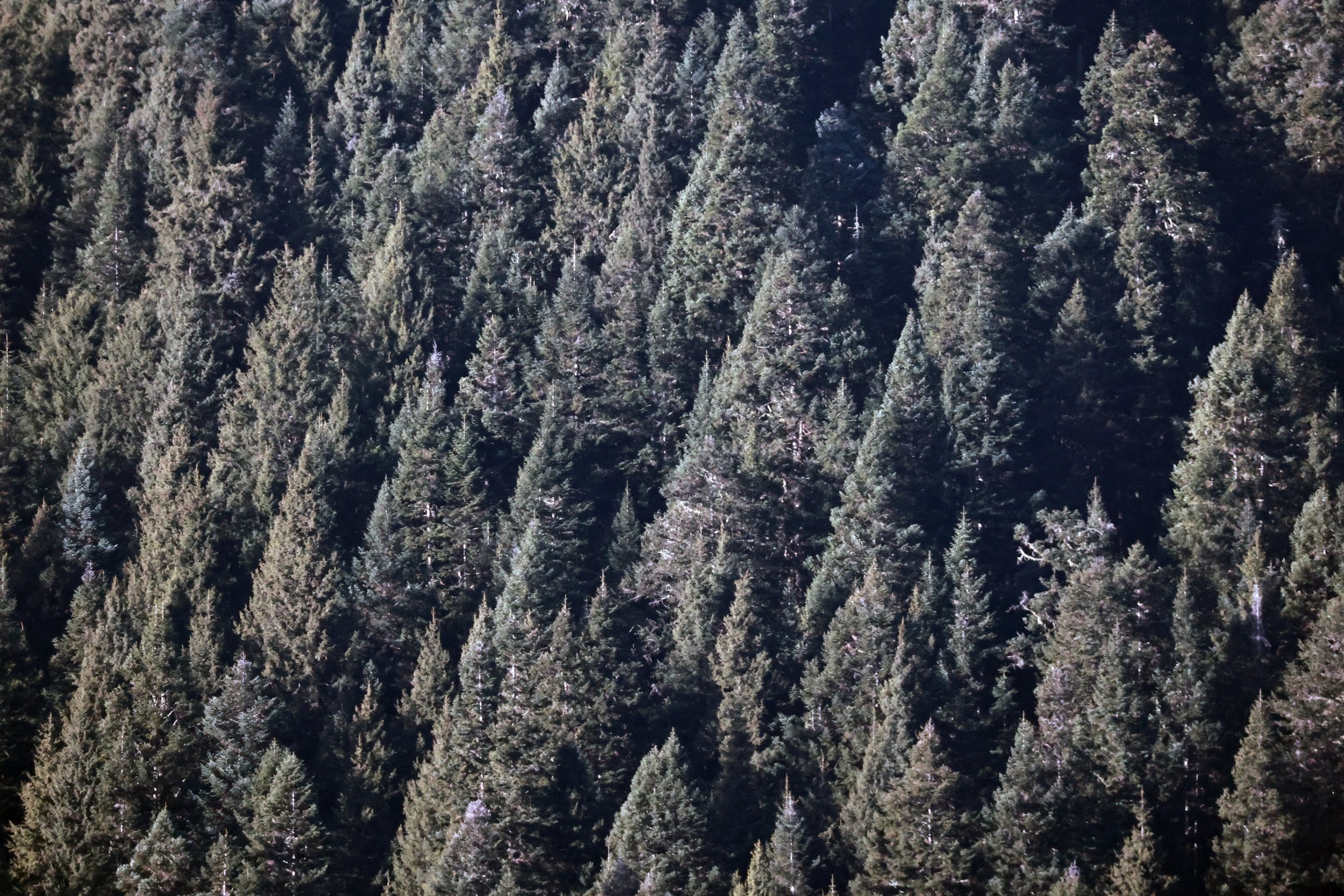
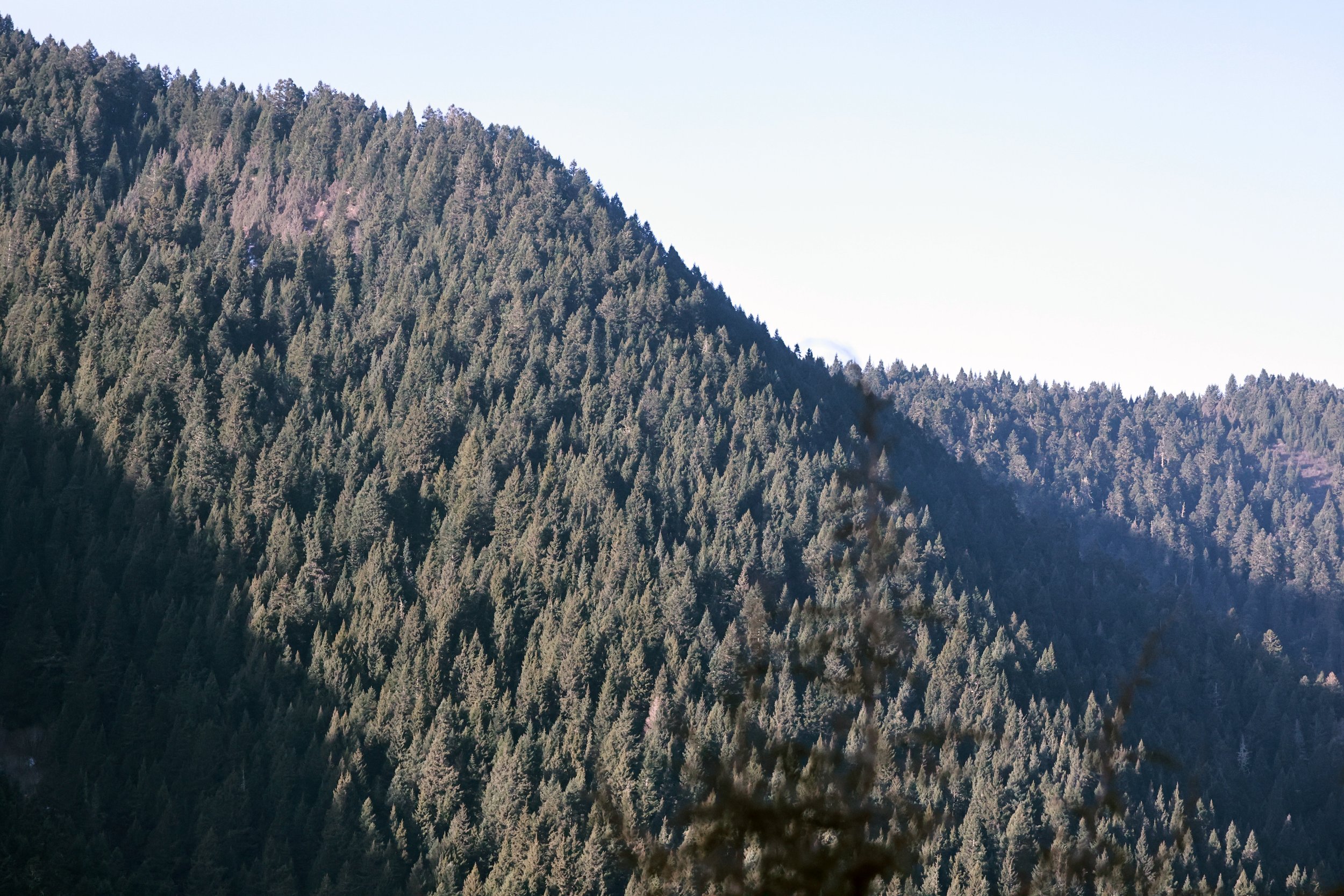

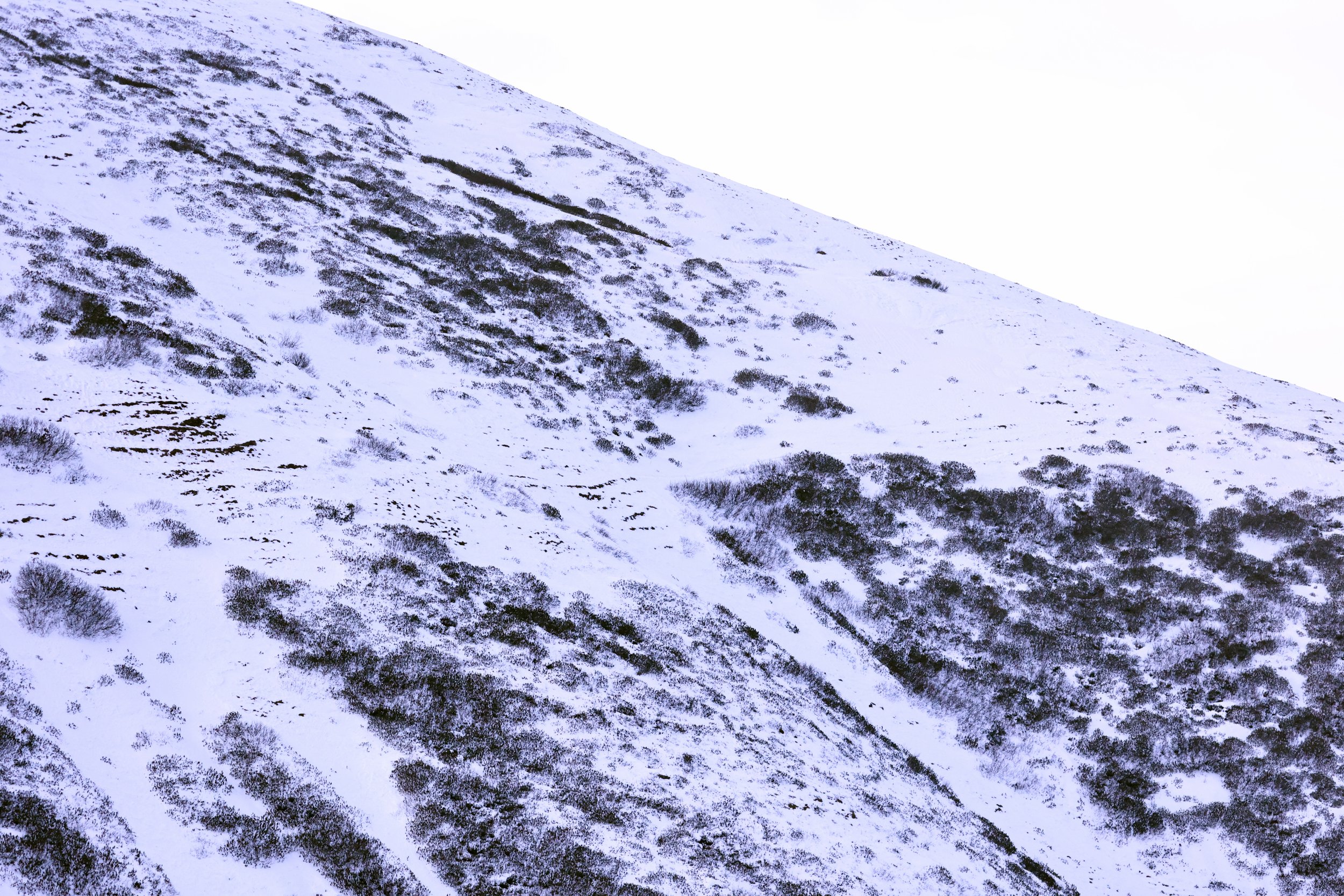
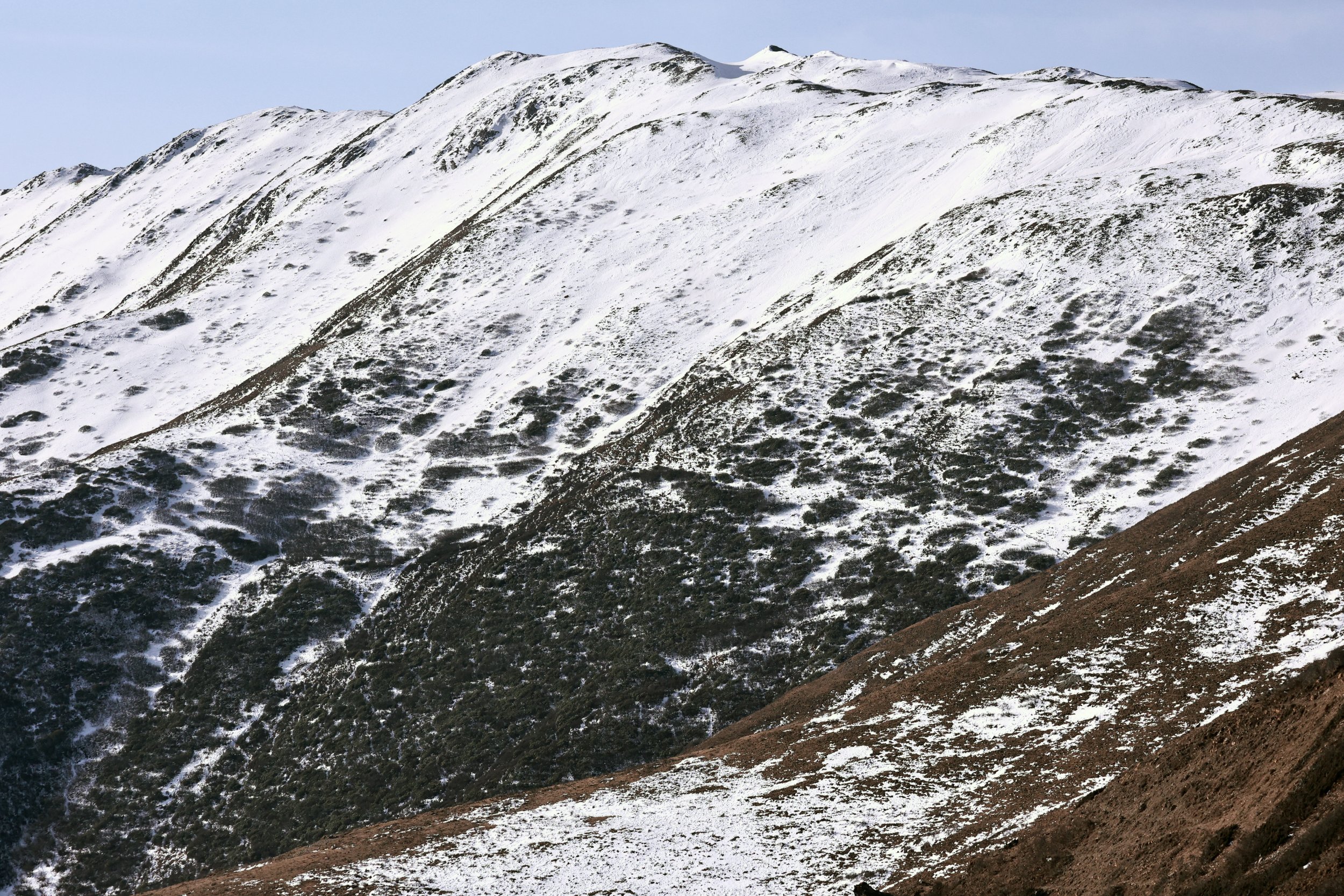
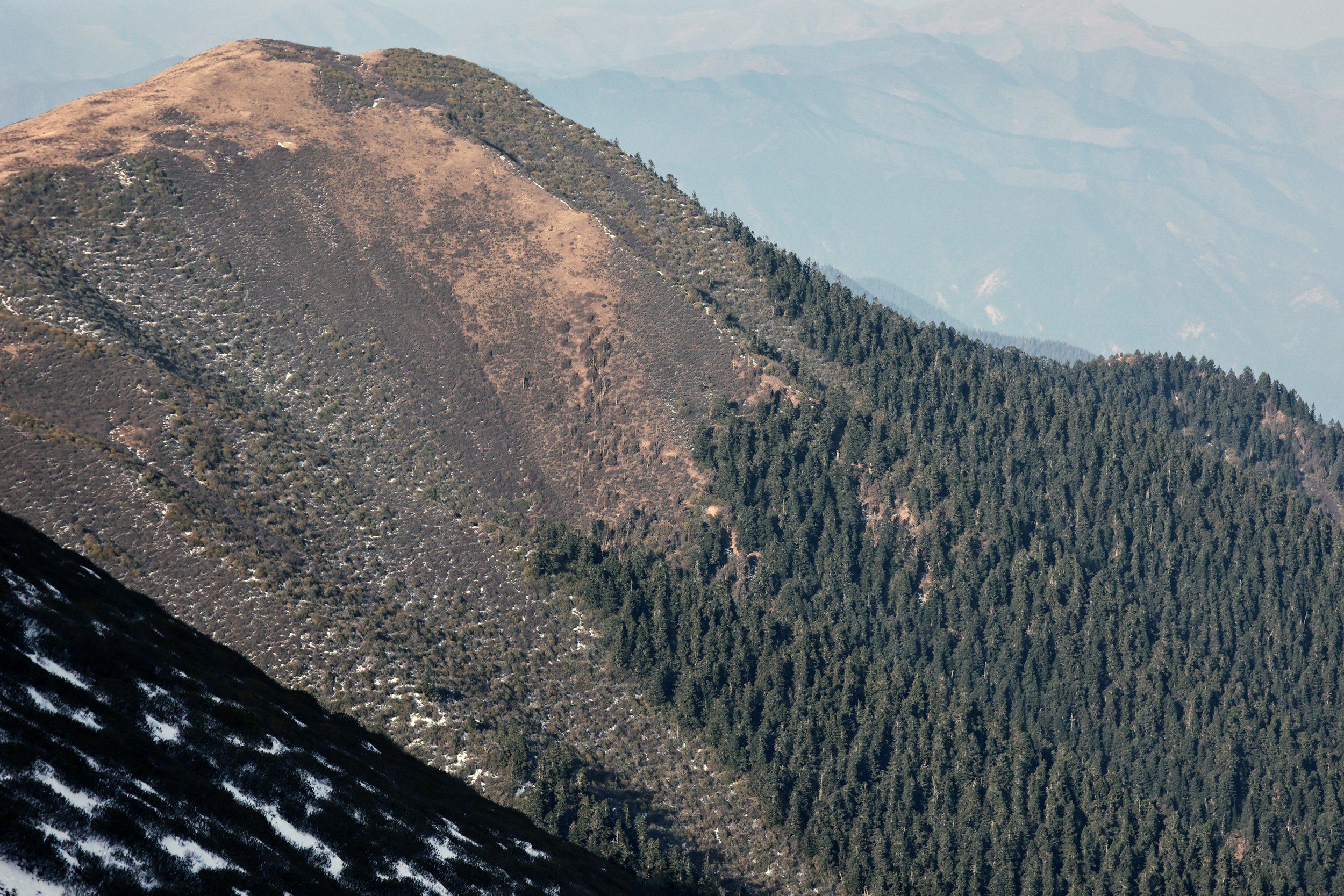
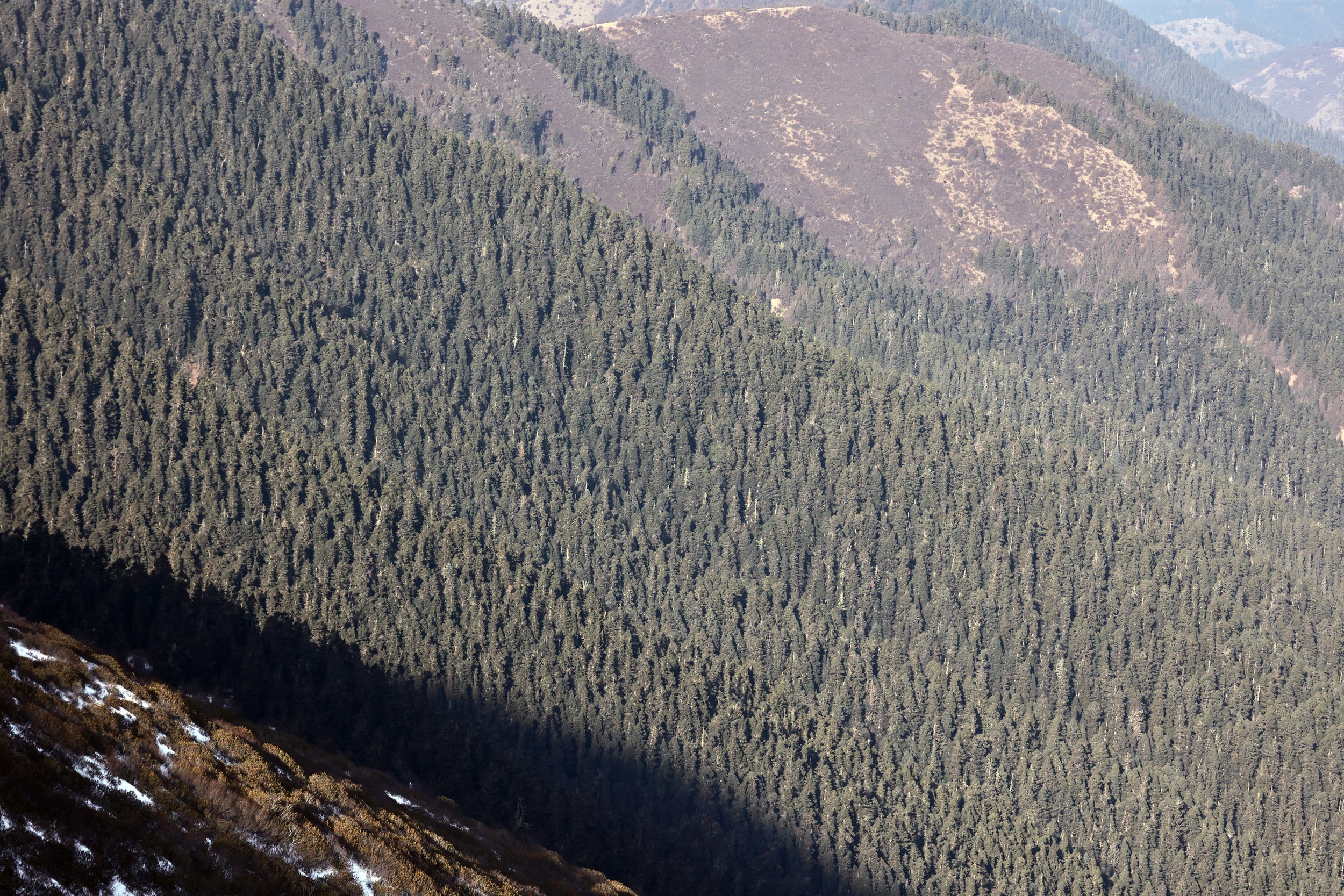
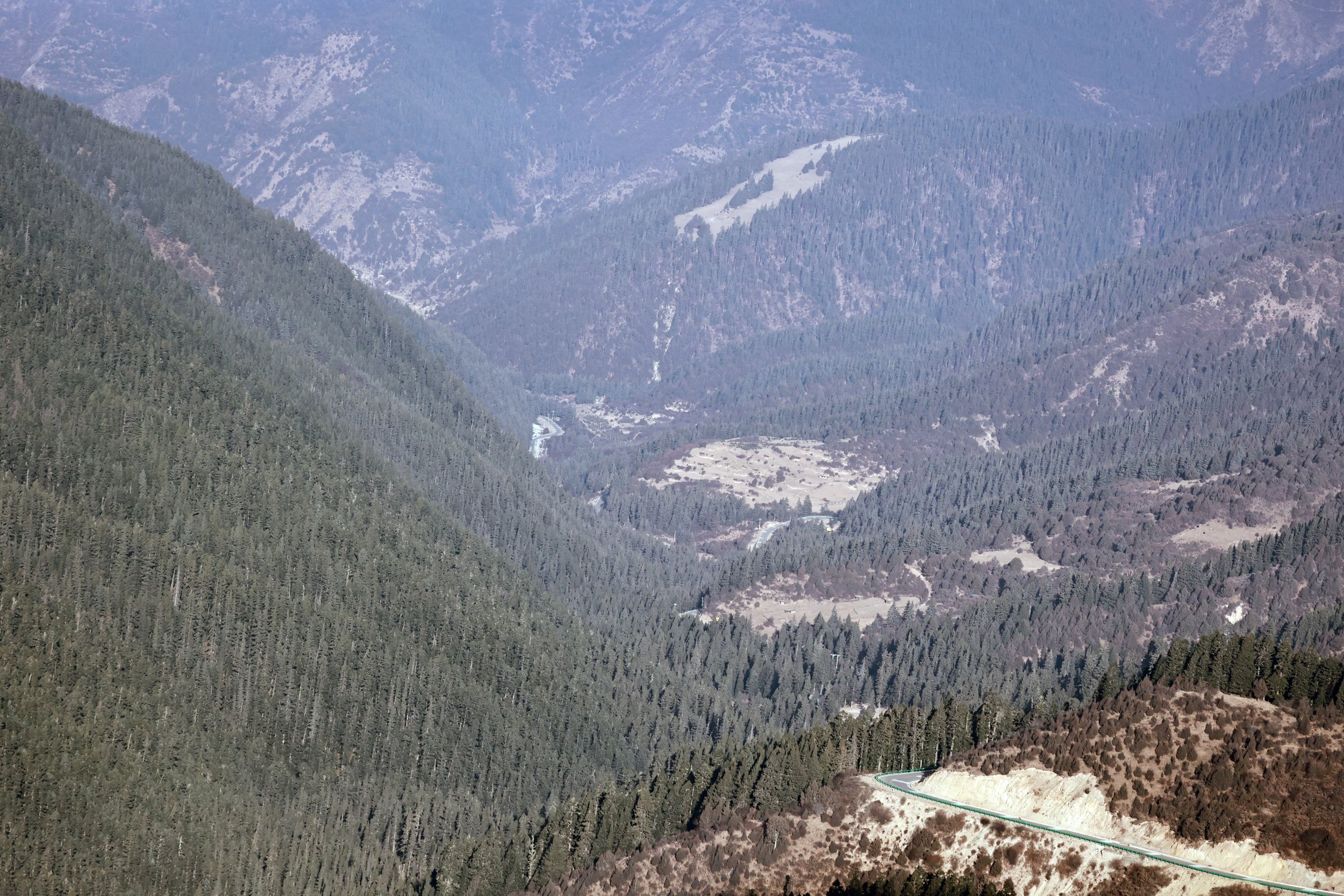
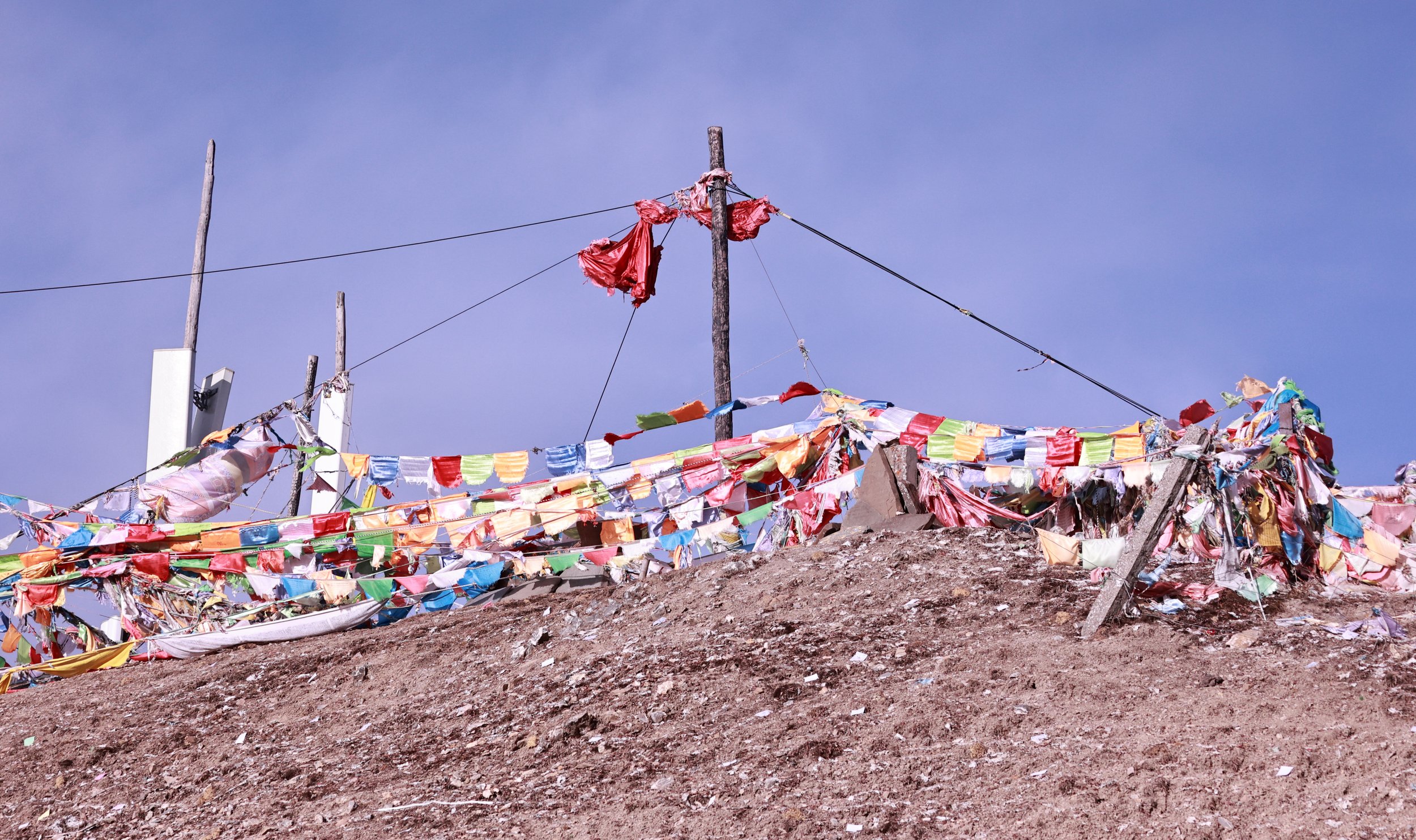
Again, I wish I wrote down the name of this 4000m mountain pass!
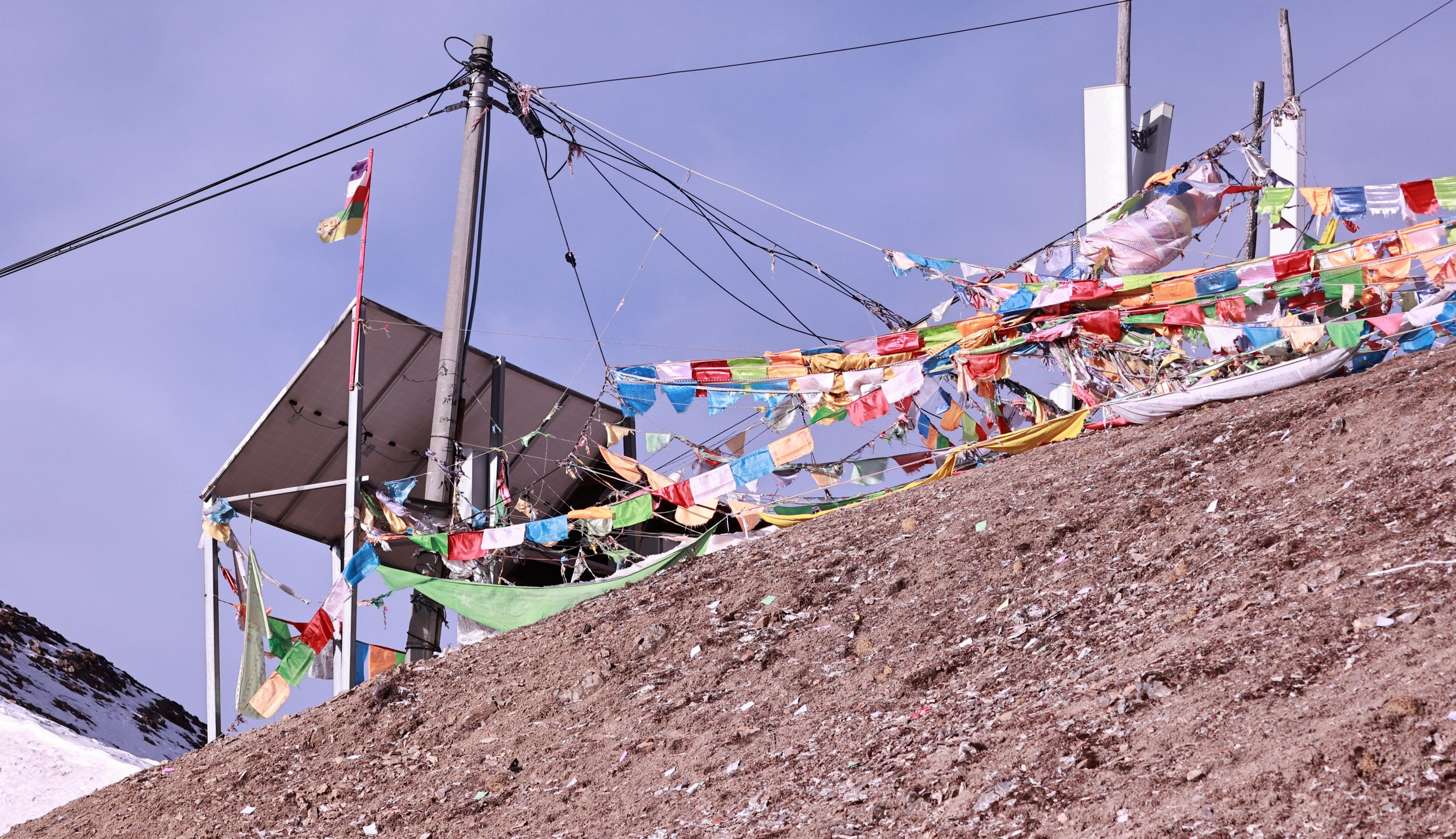
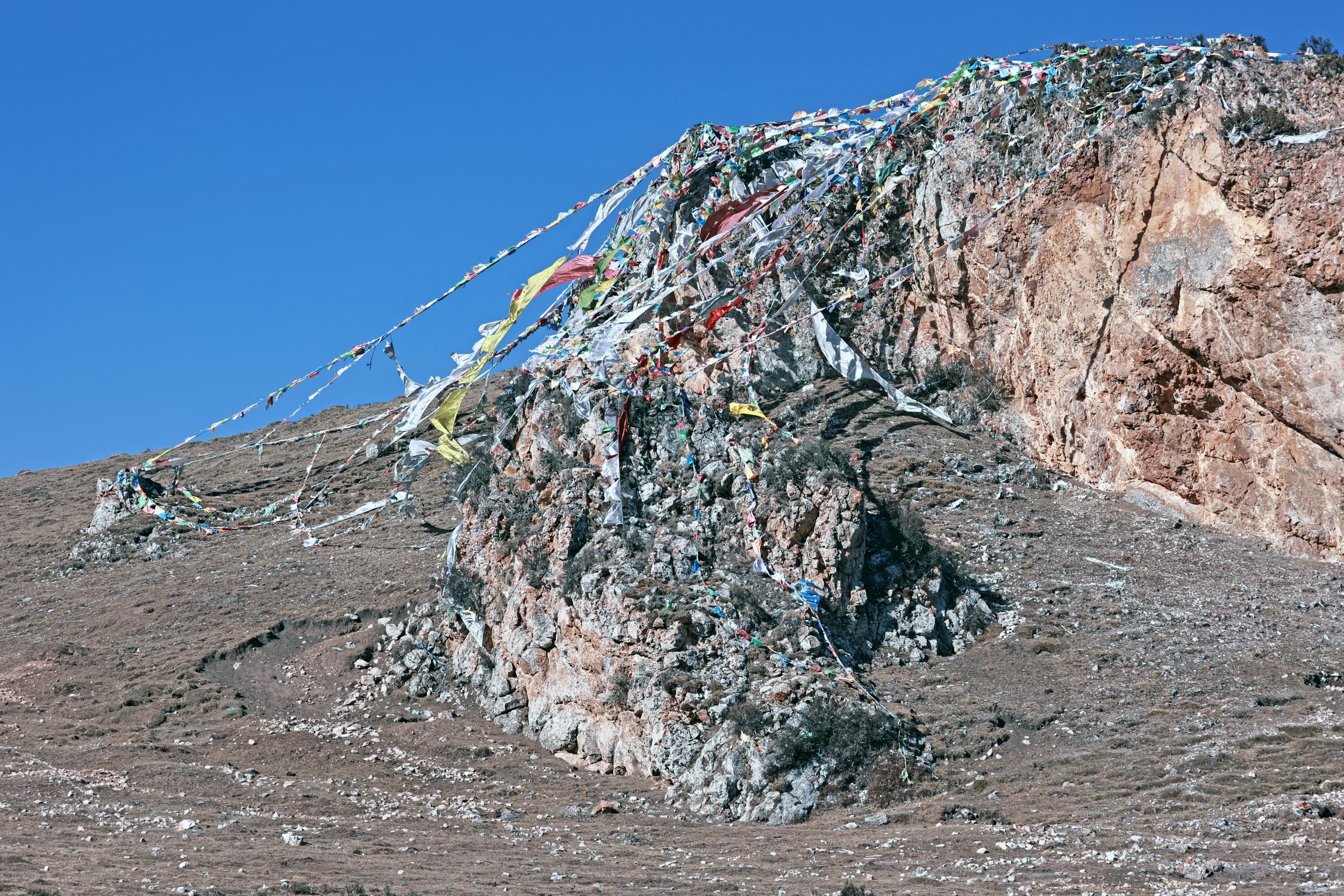

On the road from Chengdu to Roergai, we passed by this region punctuated by these awesome large towers, most of which were in ruins. This one was beautifully restored.
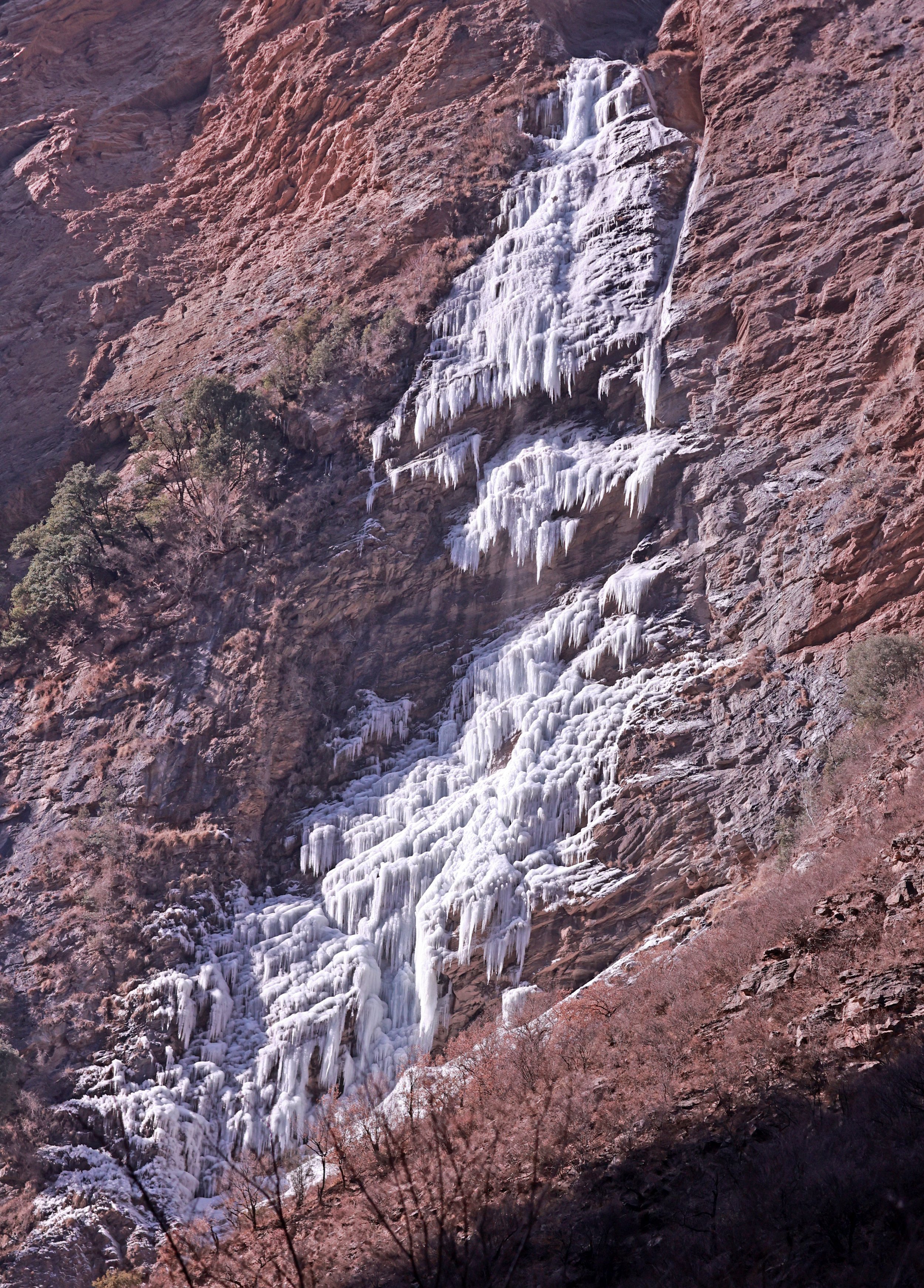
Frozen waterfall on the way to Tangjiahe. The lowest temperature we encountered was minus 15C and overall the temperature rarely reached zero and was only above zero on the way back through the greater Chengdu area.

An old abandoned village seen on the highway from Chengdu to Roergai.

Roergai County averaged about 3500 meters in elevation. These mountains were considerably higher.


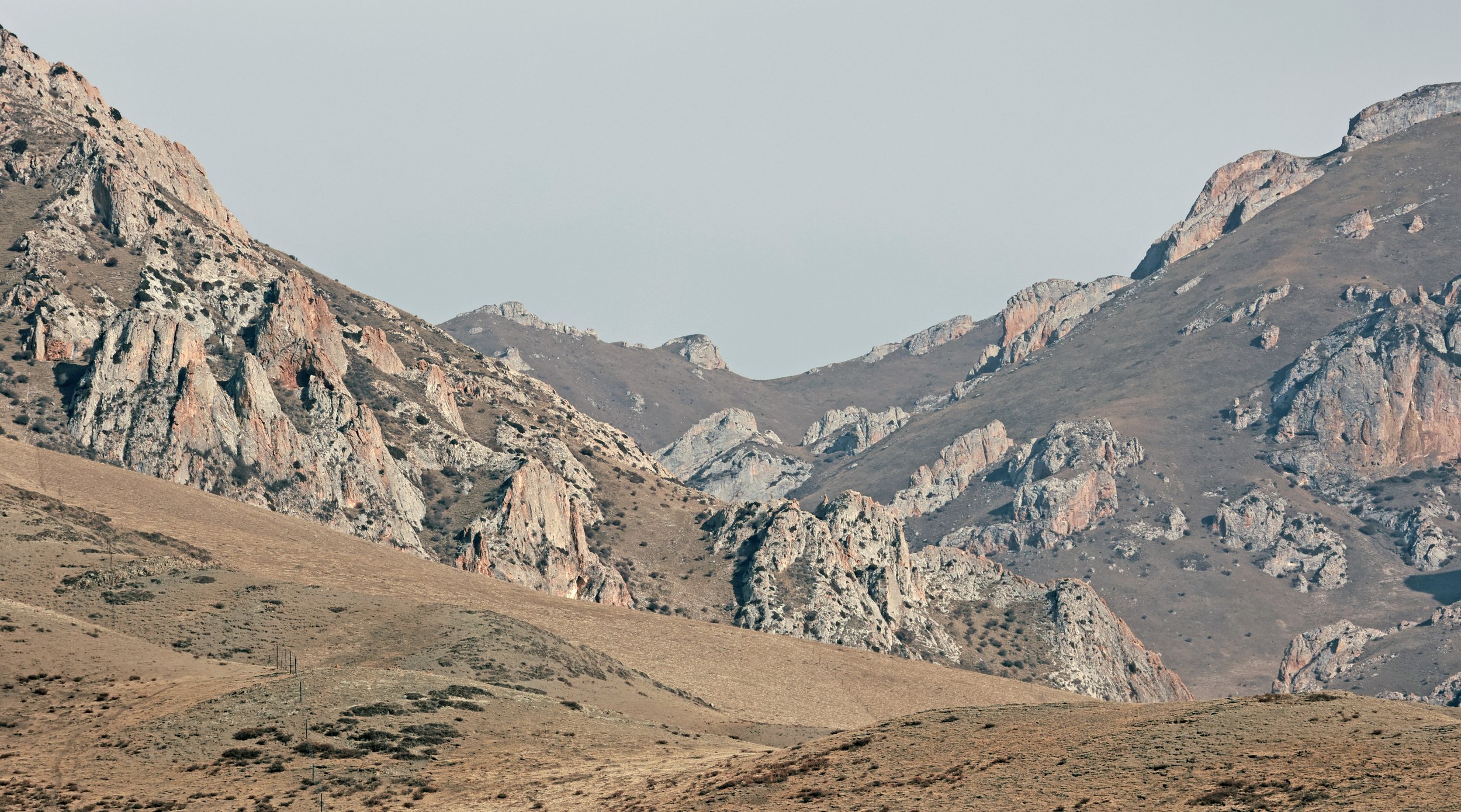

A motorcycle riding wrangler bringing in his Tibetan ponies from the vast grasslands of Roergai.


Roergai is famous for its vast grasslands and incredible wildflower bloom in the spring.

Tibetan culture was the dominant culture in Roergai.



A major Tibetan monastery in Roergai. Maybe I can find the name one day!


A spectacular Jilongke Gorge in Roergai. We spotted Blue Sheep and cruised down deep in to the gorge in an effort to find Alpine Musk Deer...no luck




Pandas everywhere

Red Panda Express!

The forest of Tangjiahe. Armand's Pine (Pinus amrandii) was the dominant conifer in the forests of Tangjiahe. George's Fir (Abies georgei) was another conifer of the area. These were limited to the higher elevations. Yunnan Yew (Taxus yunnanensis) were another common species at Tangjiahe.


I wish I knew what species of three this is. Looks like some sort of a cedar.
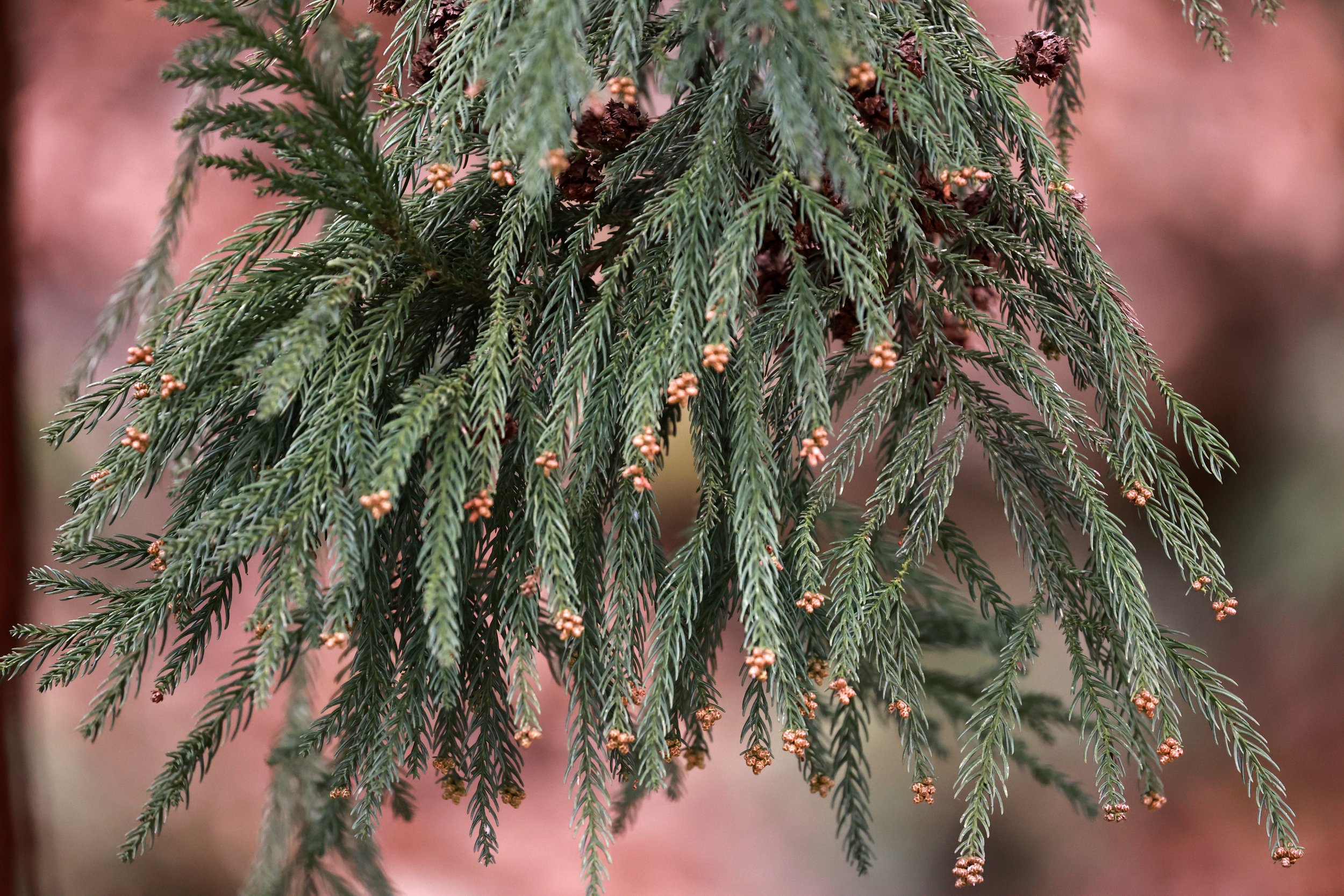

Ancient graves are found all over Tangjiahe


Qingzhu River in Tangjiahe


Spectacular views of the mountains of Tangjiahe







1000-year old Gingko biloba tree found in Tangjiahe. This pic is of an information sign of the tree in full fall colors

1000-year old Gingko biloba
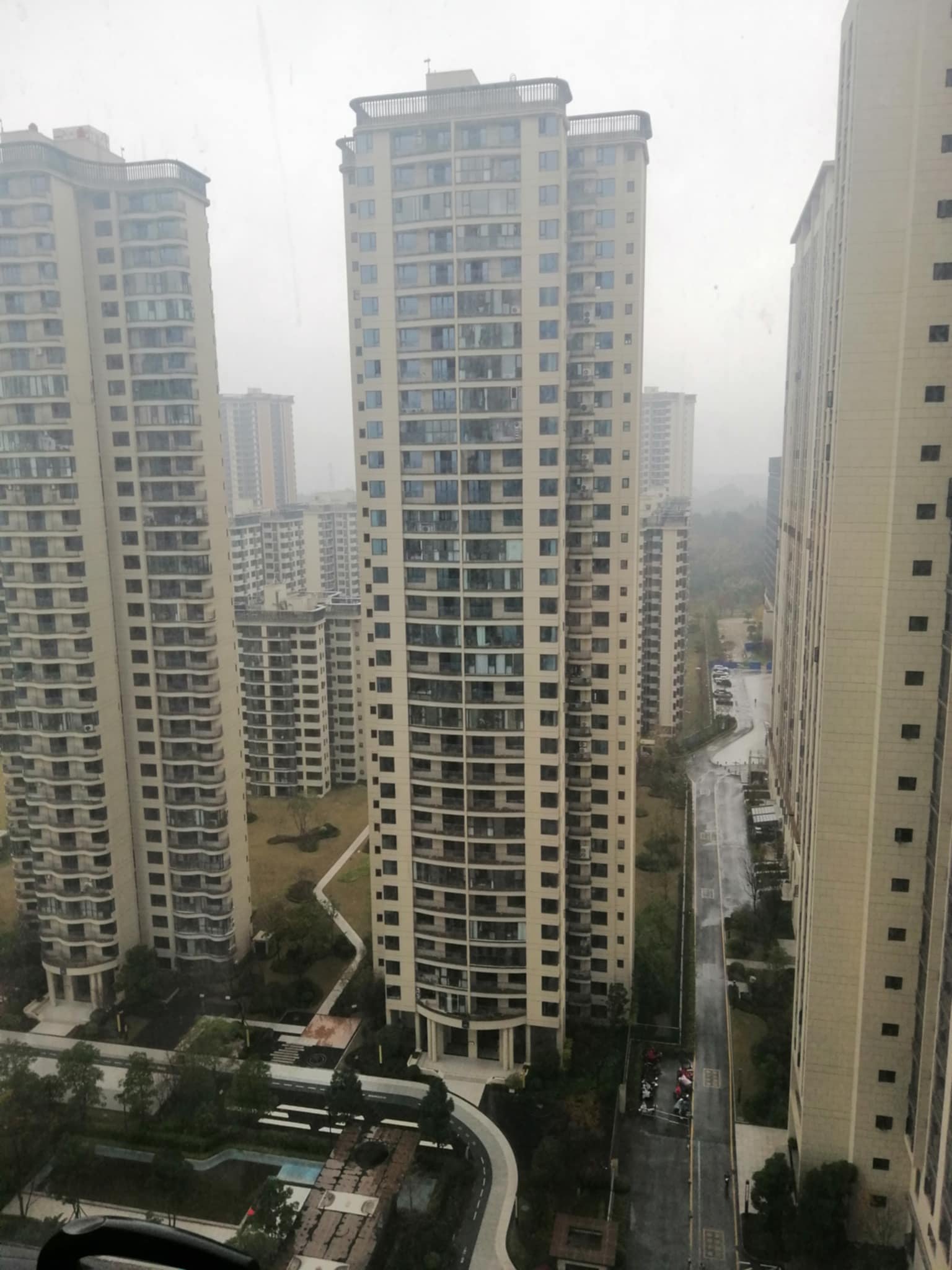
Chengdu from my Holiday Inn Express room!
Below are a few images from years ago of captive Red Pandas and more:
Red Panda at the Bifengxia Panda Base in a soft release pen.
Red Panda at the Shanghai Zoo
Wild Red Panda prints in the snow at Wawu Mountain, Sichuan in 2012
Sleepy Red Panda in the Chengdu Panda Breeding Center in 1994
Fantastic images of Red Pandas the day after Jojn and I left the group to return to Bangkok by Charley Hesse
Fantastic images of Red Pandas the day after Jojn and I left the group to return to Bangkok by Charley Hesse
Fantastic images of Red Pandas the day after Jojn and I left the group to return to Bangkok by Charley Hesse
Charley Hesse's pic of a distant Tibetan Fox
Tibetan Wolf by Charley Hesse
Leopard Cat by Charley Hesse


























































































































